 |
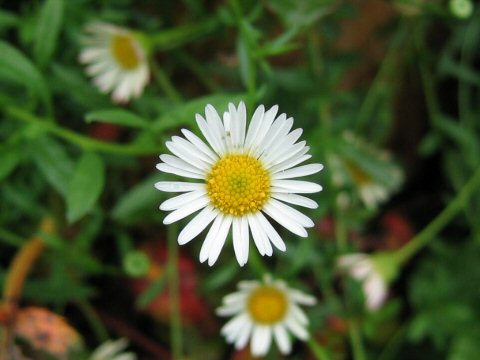

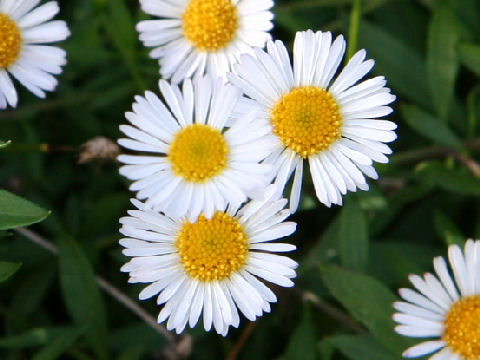

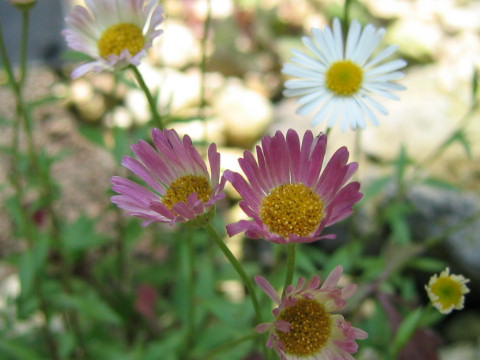

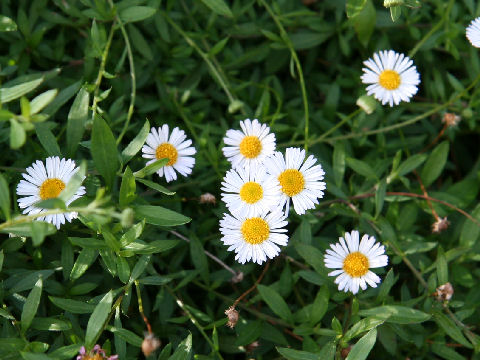

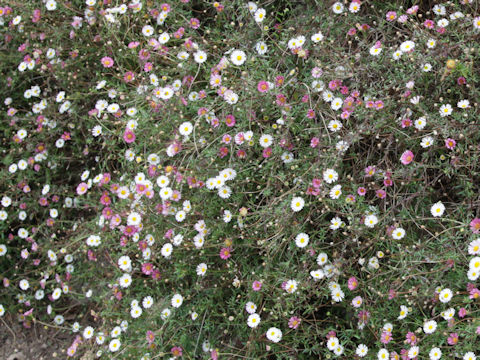

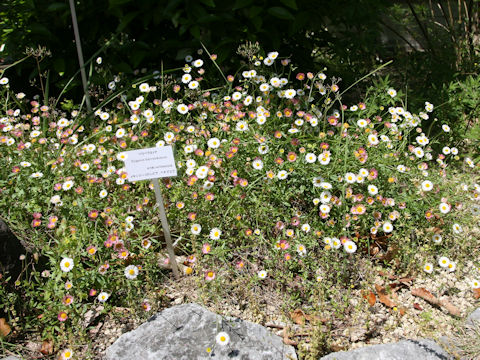

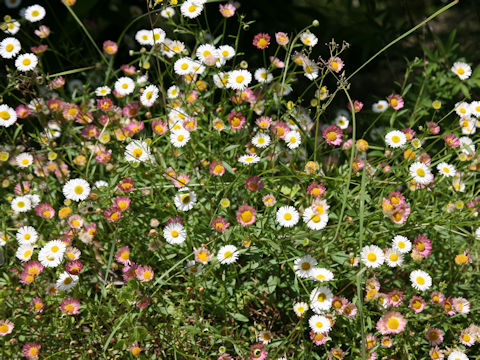

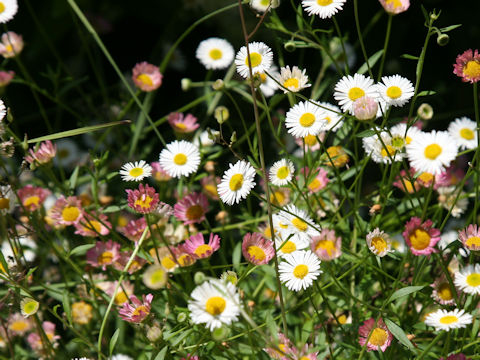

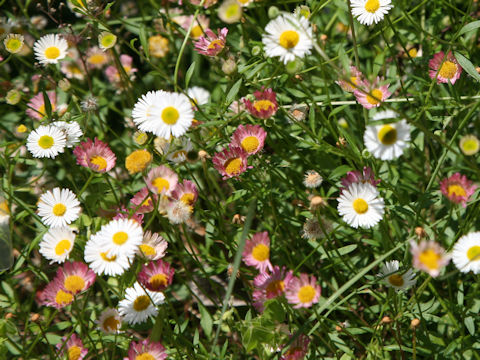

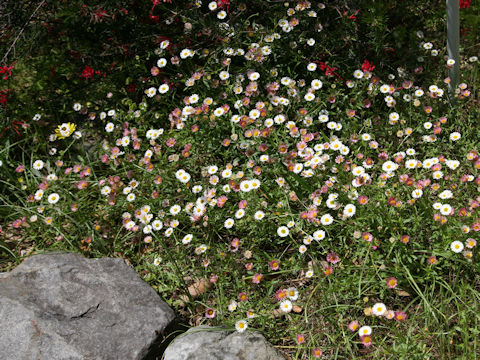

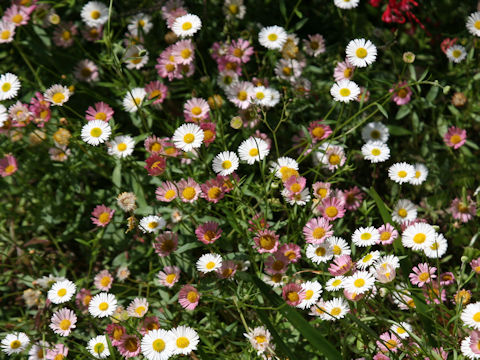

|

|
LVR©çAJA»êÉxlYGâ`ɪzµÄ¢Ü·BíªÅàêÅA»µÄ¢é»¤Å·BÝÇârênɶ¦Asͳ´µÄTOZ`ÙÇÌ·³ÉÈèQ¶µÜ·BºÌtÍ|âj`ÅRôµAãÌtÍü`©çâj`Å·BT©çPP²ëA¬³È¢Ôð穹ܷBãóÔÍÔªoÂÉÂêÄAsNFÉÏ»µÜ·B
|

|
LNÈJVM®Ì½NÅAw¼Í Erigeron karvinskianusBp¼Í Latin American fleabaneAMexican daisyB
|

|
The Latin American fleabane (Erigeron karvinskianus) belongs to Asteraceae (the Aster family). It is a perennial herb that is distributed from Mexico to Central America, as well as Venezuela and Chile. It is naturalized in some part of Japan. This herb grows in cliffs and waste grounds, up to a length of about 50 cm with trailing stems, and gregariously. The lower leaves are oblanceolate, divided into three lobes and the upper leaves are linear to lanceolate. The small white flowers bloom from May to November. The ray florets turn pink over time.
|

|
[ã] ê§l¼sul¼ÎÔvÉÄA2004N0919úBeB
[PER] ss¶æus{§A¨vÉÄA2006N1025úBeB
[Q] åãsß©æuçâ±ÌÔÙvÉÄA2005N0526úBeB
[S] CMXER[EH[BuYGh¦vÉÄA2011N0821úBeB(photo by Jon Suehiro)
[T`XEº] ïé§ÂÎsuÂÎÀ±A¨vÉÄA2024N0511úBeB
|












